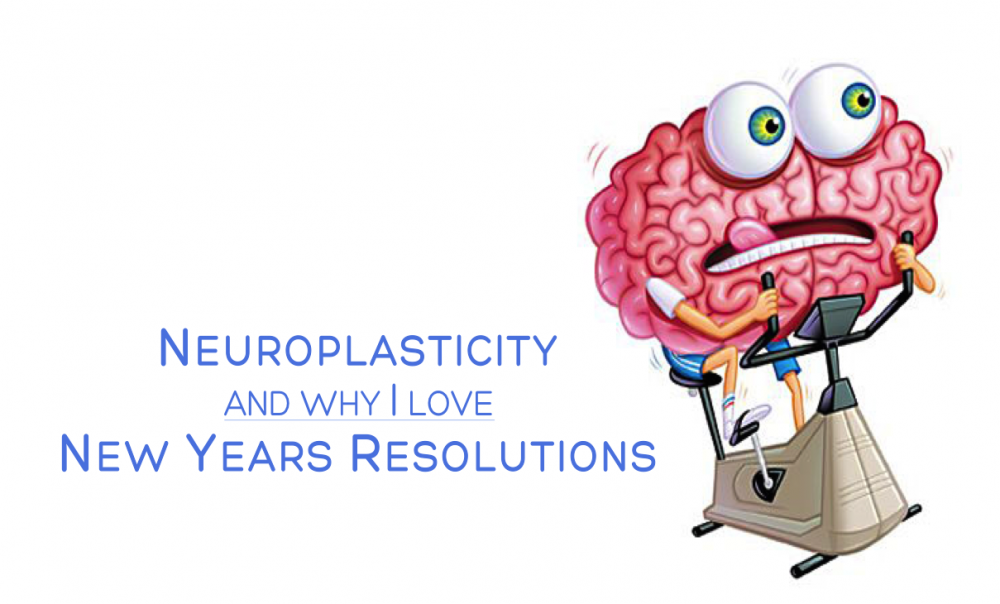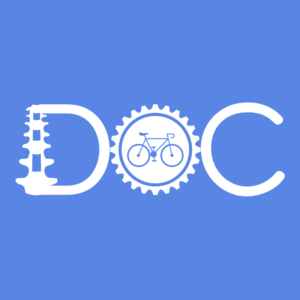(For your good use 2015 New Years Resolution Guide)

It is easy to bash the idea of New Year’s Resolutions and many choose to. We have all made them. Some stick, more do not. Whether the goal is food, exercise, friends and family, or personal growth, it is really tough to make the changes we propose in our New Year’s Resolutions. How often does the gym membership you buy in January become unused in March? Or more fast food slowly reappears into your diet? Trust me, you are not alone.
The reason for this is simply a result of our biology and neurology. Well, it is actually quite complicated- but just for the researchers. In my all-time favourite non-fiction book, The Brain That Changes Itself, author (and fellow Torontonian) Dr. Norman Doidge reveals that our brains are incredible plastic organs and have the marvellous ability to change and re-wire themselves.
As recently as a decade ago, and likely still at some universities and medical schools, students and doctors are given the idea that your brain and personality have been solidified, and that your brain goes unchanged and deteriorates slowly until you die. WRONG, WRONG, and more WRONG. The brain, and body, only deteriorates in response to how it is challenged. There is no shortage of research, so much so that I feel no need to include a reference, to support that the normal aging process does not include profound deterioration. Yes the brain and body slow down, but we can continue to improve and function exceptionally. Octogenarians have run marathons and have completed great academic and artistic feats.
The nervous system and brain are plastic. They are able to undergo massive amounts of rewiring and form new and wonderful connections that enable us to perpetually learn new information and skills. Every second of every day, our body changes in response to how we challenge it.
When we exercise, our cells’ aerobic capacity increases, the blood thickens, we become stronger, we can run longer.
When we study, we learn more and more information and can apply more complicated concepts and theorems.
On the opposite end of the spectrum,
The brain of an older adult may metaphorically shrink as there are fewer social and academic challenges.
In the case of fibromyalgia and other causes of central sensitization (bad brain rewiring), the brain can “learn” that even the lightest touch may feel like a third degree burn to you or I.
The point is that few things on this planet share this ability of adaptive potential. If you challenge the brain with something, it will learn to do it better.
The best and most inspirational excerpt from the book highlights some of the incredible work being done in the field of stroke rehabilitation at the Taub Clinic in Alabama. In summary, this clinic claims to provide results in stroke rehabilitation that no one else can get: because they understand neuroplasticity. They understand that to learn something new, the brain and body must be forced to develop new neural pathways and then forced to use them and their efficiency. In their case, patients wear oven mitts on the limbs unaffected by a stroke, for every second of every day. This ensures that daily tasks must be undertaken with the inept stroke affected side until it re-learns how to work, and is able to perform those tasks. After time, once the brain rewires nerves to make up for the dead ones from the stroke, a patient will be able to use the once unusable hand.
From this example and this book, we learn that the brain can change but sometimes it is difficult. It must be forced to repeatedly perform this unfamiliar task. Our brains and bodies would rather perform in their regular routine unless a metaphorical oven mitt prevents us from doing so. Plasticity takes time. Plasticity means that when we rise to the occasion and meet a challenge, we will be met with significant rewards, like our stroke victim example.
Think of your brain as a series of troughs (the brain cells) over which a marble (thoughts and behaviours) travels. The more commonly used the behaviour or thought pattern, the deeper the trough and the more likely the marble is to travel down that track. This means that what is more routine to us has a deeper trough and our behaviours (marble) will gravitate towards those tracks. New tracks in the brain are very very shallow troughs and a lot of conscious effort is needed to keep the metaphorical marble on track. Whether is it practising meditation every morning or drinking less alcohol, repetition and consistency will deepen the strength of that pattern and make it more repeatable.
Brain Plasticity is why I love New Years Resolutions. If we truly want to improve something we do, our biological potential enables us to do so. Believing in the why behind your cause and that you can do it is the first step, execution is the second. Execution requires sound planning and repetition.
To abide by the K.I.S.S. principle, I find the best way to meet a goal is simple planning in writing and to share the goal with someone. It will keep you accountable to yourself, make the goal specific according to your writings, and make yourself accountable to someone else you admire. Even if that person is someone who will rarely asks how the resolution is coming, you will want to avoid “disappointing them” at all costs.
Beyond that, keep the goal SMART (specific, measurable, attainable, realistic, timely) and make sure that you truly want to do it. Your WHY you want to do it is everything. Saying you want to quit smoking for the sake of it isn’t enough for most people. Saying that you want to change the way you live so that you can live to see a grandchild walk across a graduation stage, now that will light a fire.
So please use my three step New Year’s Resolution Guide to make 2015 the best year of your life. Review 2014, make the tough critical appraisal of the things you can improve on, put pen to paper, and let your miraculous brain do the rest.




